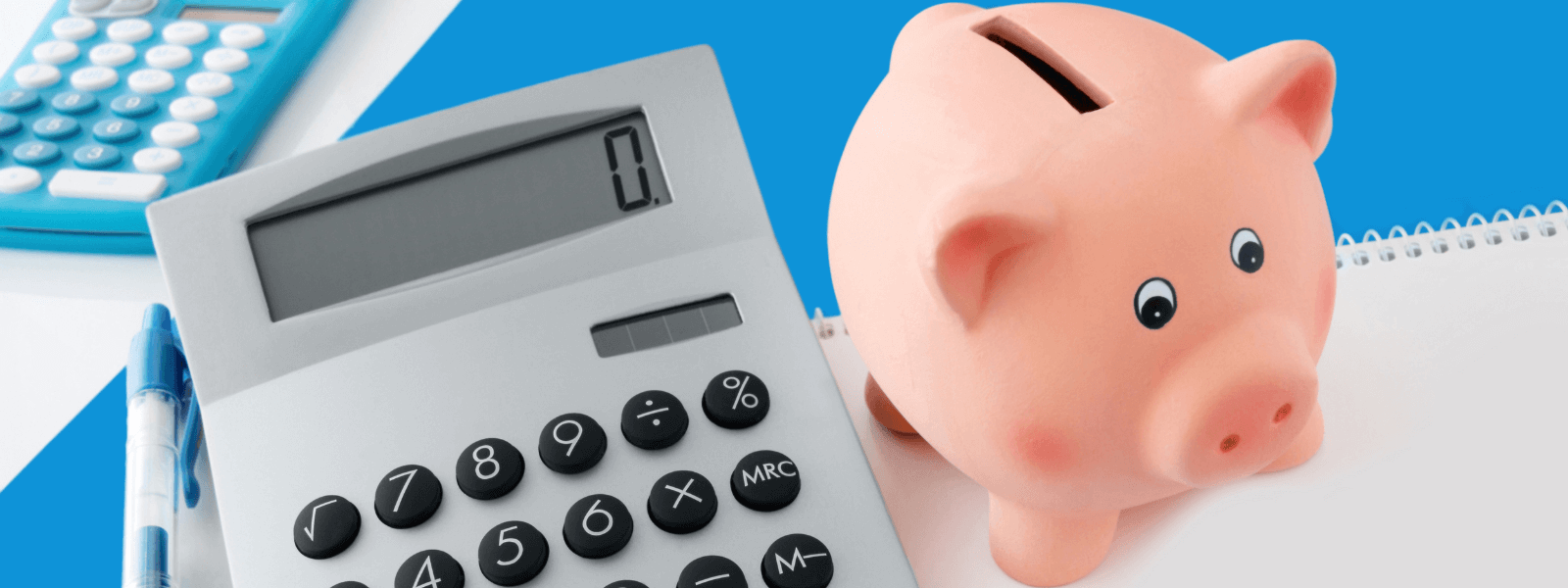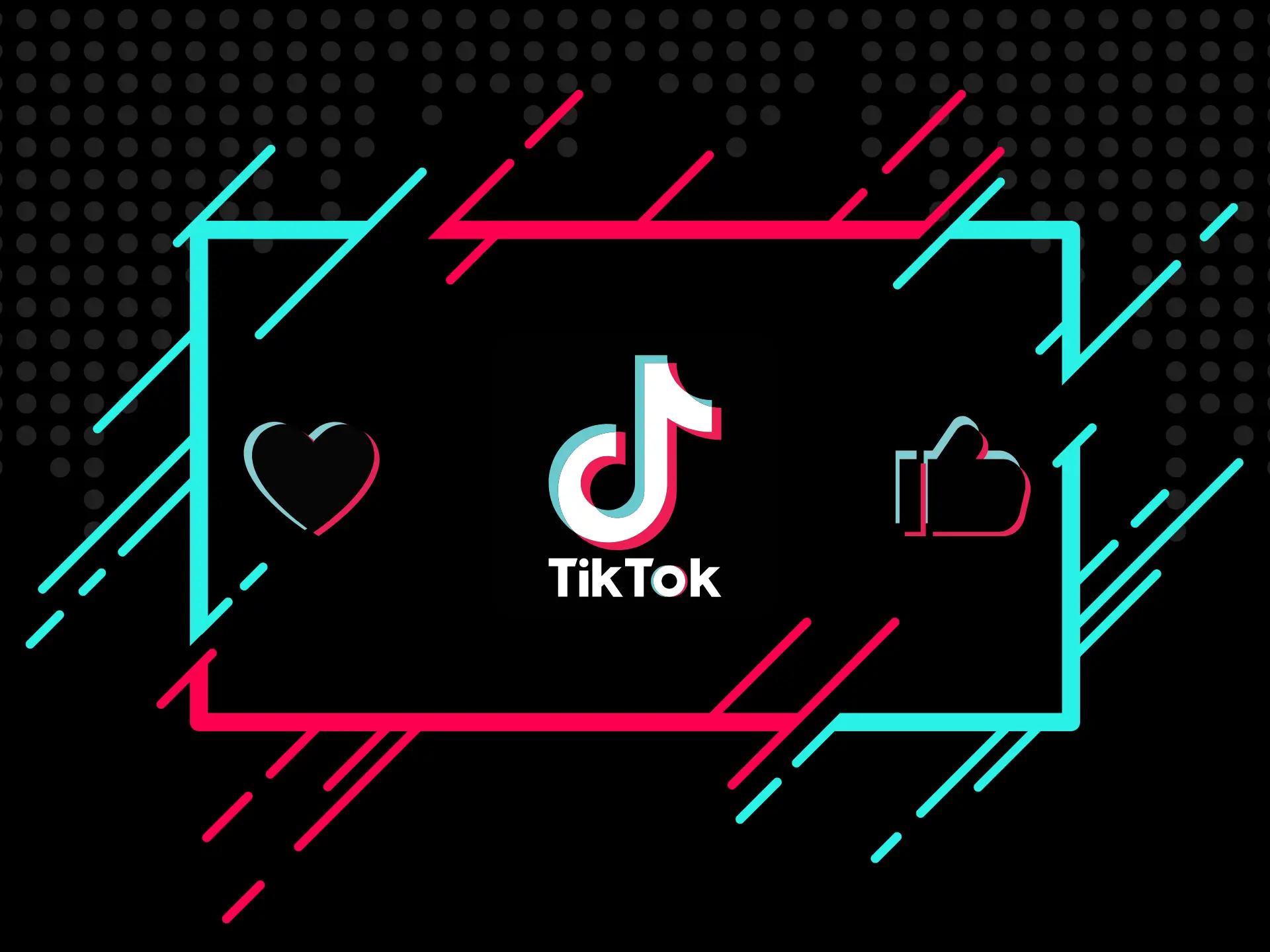SEO for Trades: The Ultimate Guide To Grow Your Business (2025)
If you’re a tradesperson, you already know how competitive it is out there. Whether you’re a plumber, electrician, builder, or landscaper, chances...
Got a question, or need help with something?
A member of the LoudLocal team is on hand to help you.
The Brickyard, Unit 2, Queen's Rd, Kenilworth, Warwickshire, CV8 1JQ
5 Merchant Square, Paddington, London, W2 1AY
Influencer marketing is where brands collaborate with influencers across platforms such as Instagram or Youtube to promote their brand, product or service. Influencers shouldn't be confused with celebrities. Most influencers are experts in their field. Unlike celebrity endorsements, they will have some level of knowledge/experience relating to the product or service. Sometimes, however, they may not have this experience; in such cases, it's vitally important to ensure they are well-trusted by their followers to promote something new.
When working with brands, influencers will create content, considering any advertising specifications the company sets. This means that the influencer ultimately has complete control of how they portray the brand's message. Therefore, you must carefully choose which influencers you want to work with for your brand. For example, younger influencers may lack maturity and professionalism - any bad press could seriously impact your brand. However, a positive of influencers having control of their content is that this will help to improve authenticity making it more trusted by their following.
When choosing who you want to work with your brand, don't just base this off number of followers; although this does have a bearing on the reach of their content, it's far more important that their audience represents your target market as this will likely lead to more engagements and conversions.
There are 5 main types of influencers, these are:
When choosing which type of influencer you want to work with, you should consider your brand's goals for this marketing campaign. Do you want it to reach lots of people, or is engagement more important? Another factor that should be considered is cost; often it helps to have a separate influencer budget with your standard marketing budget to work out exactly how much you can spend.
You should also be aware that it is possible for 'influencers' to purchase fake followers to try to build their follower base. These won't add value to your brand, so it is important to avoid these to prevent wasting money. To check if someones following has been gained organically, it is possible to use tools such as Modash. There are many services on the market, some of which can be expensive, so make sure they are legitimate before making any purchase. There will often be variations in results as it can be challenging to measure.
Influencers, particularly those working in a popular field with a large following, are likely to be of interest to multiple brands looking to incorporate them into their marketing strategy, so you need to stand out against the competition. To do this, you could start by simply interacting with them online, such as liking or commenting on their content for a period of time before approaching them. This isn't directly promoting your brand but will help get you recognised and trusted, allowing you to become part of their community. This will let an influencer know more about your brand and if you're the right fit for their audience.

When working with influencers, it's important to remember that you are working with individuals instead of businesses. Therefore, there isn't a one size fits all approach when trying to incorporate influencers into your marketing strategy. You need to tailor interactions to fit each influencer, which will help build the high level of trust needed between a brand and an influencer.
Different influencers' prices vary hugely; according to Forbes.com, a suggested price for Instagram campaigns is $1,000/100,000 followers, whilst, on Youtube, it's $100/1,000 views. Factors that can impact the cost include:
- Which social media platforms are used
- Follower engagement
- Influencer reach
- The industry or specialisation
- Types of content wanted
- Influencer demand
Measuring the impact influencer branding has had on your brand can be tricky but it is possible. Here are the main figures to focus on to able to see if it is having the desired impact on your company:
1. Audience reach
2. Impressions
3. Engagement (e.g. likes, comments, shares etc.)
4. Conversions (e.g. growth in your followers, brand mentions, traffic to the website etc.)
5. You could also create a specific hashtag to be used on influencer posts which you can track to see how it's performing
We hope you found this blog useful to think about how you can start incorporating influencers into your business' marketing plan.
If you need any further help with any other areas of marketing get in touch with our team!

If you’re a tradesperson, you already know how competitive it is out there. Whether you’re a plumber, electrician, builder, or landscaper, chances...

Social media can be a goldmine for small businesses, but only if your campaigns actually work. Too often, business owners spend hours posting content...
.png)
Google reviews aren’t just nice to have - they’re essential for small businesses in 2025. They influence how customers find you, judge you, and...

7 min read
In this article, we explore several free tools that are available to help you with social media scheduling, image compression, local...

What is TikTok?
The Digital Channels In our ever-evolving digital landscape, businesses must adapt and branch out into online channels to stay relevant in their...